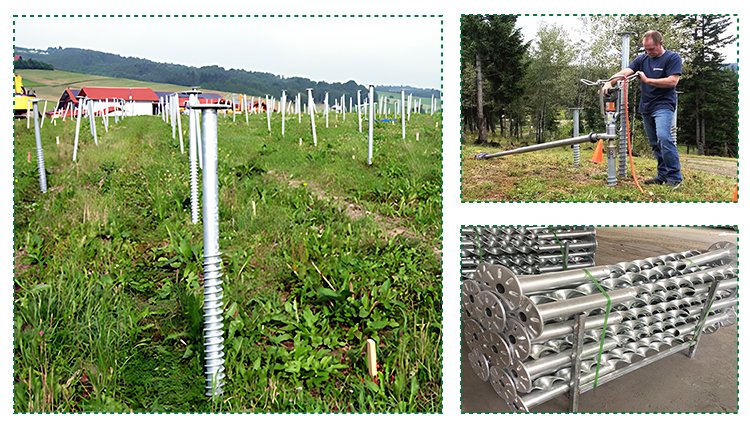-
2103 Room NO.322 Xinggang One Road,Haicang District,Xiamen Fujian,China

Solar Mounting System Structural Calculation Manual (International Version)
Table of Contents
Purpose of this Manual
This manual provides standardized procedures and basic knowledge for the structural calculation of solar panel mounting systems. It supports safe, cost-effective, and globally applicable system design.
Basic Concepts of Structural Calculation
Main Loads
- Dead Load: Weight of modules + structure
- Wind Load: Pressure from wind
- Snow Load: Weight of snow accumulation (where applicable)
- Seismic Load: Horizontal forces during earthquakes
Stress Types
- Tensile Stress (stretching)
- Compressive Stress (squeezing)
- Bending Stress (bending forces)
- Shear Stress (sliding forces)
Structural Design Methods
Allowable Stress Design (ASD)
- Check that operational stresses stay within material limits.
Limit State Design (LSD)
- Ensure structures withstand maximum expected loads before failure.
Load Calculation Guidelines
Dead Load
- Sum weight of modules, rails, brackets, and bolts.
Wind Load (q)
- Wind pressure (q) is calculated using: q=0.613×V2×Ce×Cpq = 0.613 \times V^2 \times C_e \times C_p
Snow Load (ps)
- Basic snow load (ps) calculation: ps=0.7×pg×Is×Ce×Ctps = 0.7 \times pg \times I_s \times C_e \times C_t
Seismic Load (F)
- Seismic load (F) calculation: F=Sa×WF = S_a \times W
Structural Analysis Tools
General Recommendations
- Use software with frame and FEA capabilities.
Popular Software Options
- SAP2000
- STAAD.Pro
- FAP-3 (for basic frames)
- CADTOOL (for simplified solar structures)
Sample Design Conditions
| Item | Example Value |
|---|---|
| Module Size | 1650mm x 990mm |
| Module Mass | 18 kg |
| Tilt Angle | 30° |
| Wind Speed | 38 m/s |
| Ground Snow Load | 0.5 kN/m² (if applicable) |
| Seismic Zone | Low to moderate (Sa = 0.3g) |
Key Design Considerations
Buckling Check
- Verify slender member stability.
Joint Strength Check
- Ensure bolt and weld integrity.
Deflection Limit Check
- L/180 or L/240 for module safety.
Corrosion Protection
- Use galvanized steel, anodized aluminum, or stainless steel.
Overall Design Flow
- Site Data Collection
- Define Load Cases
- Structural Modeling
- Load Application
- Stress & Displacement Analysis
- Design Review
- Drawing & Documentation
Reference Standards
- ASCE 7-22 (USA)
- Eurocode EN 1991 & EN 1998 (Europe)
- GB 50009 (China)
- ISO 4355 (International)
- JIS C 8955:2017: Design guide for support structures for photovoltaic arrays (Japan)
- JIS B 1180:2014: Bolts and nuts (Japan)
Note: JIS C 8955:2017 provides detailed guidelines for load design of photovoltaic array support structures, ensuring safety and reliability in solar mounting system design in Japan.
This manual is intended to guide engineers, designers, and project managers to ensure safe and efficient solar mounting system designs across various global regions, including compliance with Japanese Industrial Standards (JIS) where applicable.








